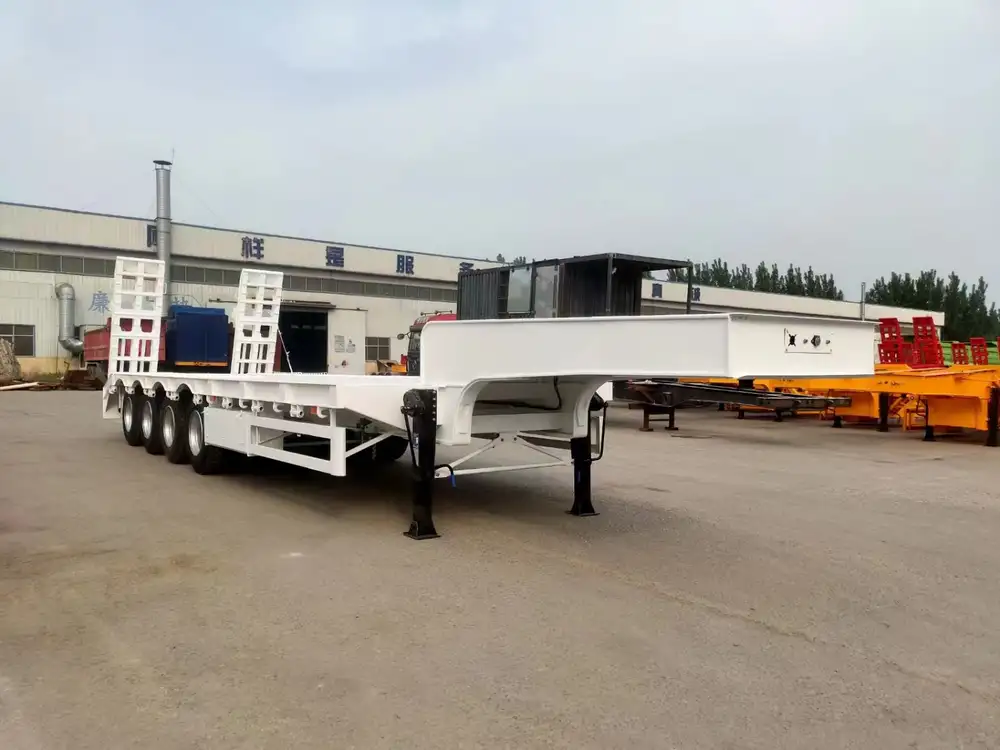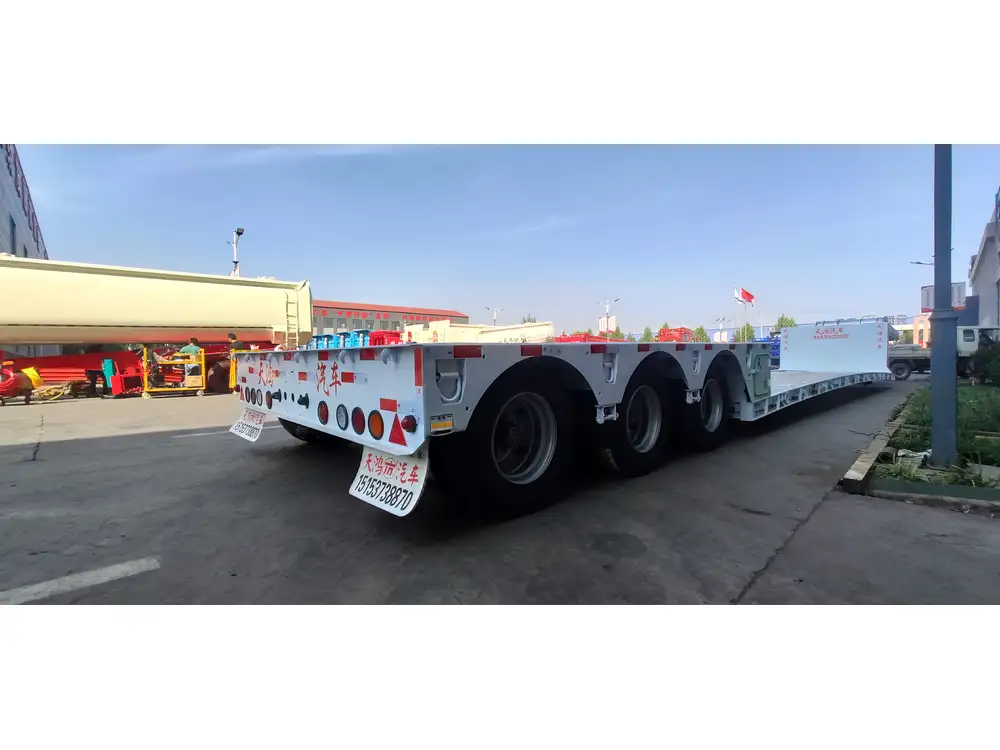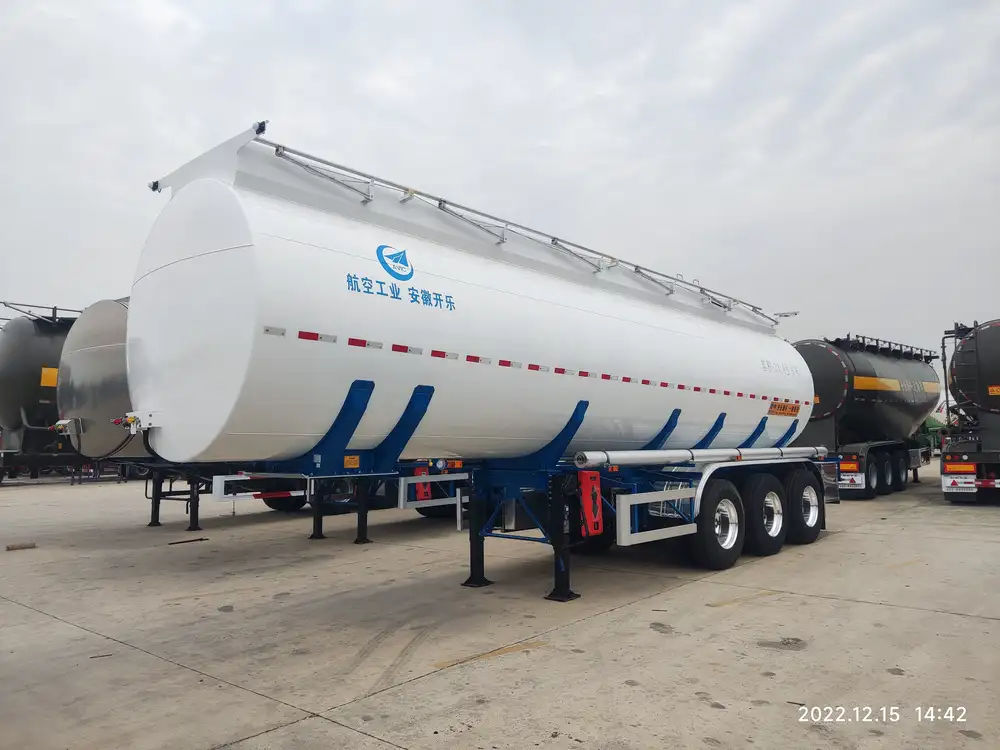Traveling with a Scamp travel trailer offers the freedom of the open road paired with the comforts of home. However, understanding your trailer’s components is crucial for maintenance, usability, and overall enjoyment. One of the frequently asked questions by Scamp owners is about the location and management of the black tank, which is fundamentally important for any RV enthusiast.
Understanding the Black Tank: What It Is and Its Purpose
Before we delve into the details of locating the black tank on a Scamp travel trailer, let’s clarify what the black tank is.
The black tank is the waste holding tank for toilet waste and is distinct from the gray tank, which holds wastewater from sinks and showers. It’s crucial to keep both tanks in good condition to ensure a healthy and pleasant camping experience. Understanding their functionalities and locations is essential for responsible RV ownership.
Comparison of Black Tank vs. Gray Tank
| Feature | Black Tank | Gray Tank |
|---|---|---|
| Contents | Toilet waste | Sink and shower water |
| Disposal Method | Requires a sanitary hose and dump station | Can typically be dumped at the same station |
| Maintenance | Often has stronger odors, requires chemical treatments | Generally easier to maintain, less odor |
| Location | Positioned lower, near the toilet | Positioned lower, typically behind the sink/faucet area |

Locating the Black Tank on a Scamp Travel Trailer
Finding the location of the black tank on your Scamp trailer is essential not only for disposal but also for ensuring proper maintenance. Here’s how to locate it:
General Location
The black tank is typically located beneath the trailer, positioned just below the toilet area for optimal design and space efficiency. In most Scamp models, this tank is integrated into the trailer’s structure for a streamlined profile. It reflects the Scamp’s commitment to maximizing space while providing functionality.
Steps to Locate the Black Tank
Access the Underbelly:
- Safely park your Scamp and use leveling blocks if necessary. Make sure the trailer is secure.
- Once leveled, either kneel or crawl under the rear section of the trailer. A flashlight may be beneficial here to illuminate dark areas.
Identifying the Tank:
- The black tank is usually a large, rectangular, or cylindrical plastic tank. It is typically darker in color compared to the gray tank.
- Look for a tank with a few fittings and hoses connected to it. The presence of a valve is a good indicator that you’re inspecting the black tank.
Connection Points:
- Pay attention to the plumbing connections. The black tank will have a larger, usually 3-inch diameter outlet valve. This is where you’ll connect your sewer hose when it’s time to empty the tank.

Diagrams and Schematics
To better understand the layout of your Scamp travel trailer, consult the manufacturer’s manual, which often includes diagrams of the plumbing and tank systems. This perspective can provide a visual cue that aids in locating components faster.
Routine Maintenance and Care of Your Black Tank
Understanding where the black tank is located is just the beginning. Proper maintenance practices prolong the lifespan of the tank and enhance your RV-ing experience.
Regular Inspection
- Check for Leaks: Occasionally, inspect the connections and the tank itself for any signs of leaks, cracks, or wear.
- Hoses and Valves: Inspect hoses and valves for signs of damage or blockage; replace them as necessary.

Cleaning and Maintenance Routine
- Add Tank Treatments: Invest in biodegradable tank treatments to break down waste and control odors. Add these treatments before your trips, after emptying the tank.
- Emptying the Tank:
- Always use a sanitary sewer hose to dump your black tank at an approved waste disposal site.
- Make sure the valve is closed when you connect the hose and before detaching the hose after dumping to prevent spillage.
Signs Your Black Tank Needs Attention
Ownership of a Scamp travel trailer comes with the responsibility of monitoring your tanks. Here are signs that your black tank might require immediate attention:
- Unpleasant Odors: Persistent bad odors, even after treatment, may indicate a buildup of waste or a need for cleaning.
- Slow Drainage: If you notice a slow drainage rate, it could point to clogs or a need to empty the tank sooner.
- Visual Indicators: If the tank appears overfilled, empty it immediately to prevent further issues.
Common FAQs About Black Tanks in Scamp Trailers

1. How often should I empty the black tank?
The frequency of emptying the black tank largely depends on usage. If you’re using it consistently over a few days, check the tank at least every three to four days. Regular inspections will help determine when it’s time to dump.
2. Can I dump the black tank at any location?
No, it is essential to dump your black tank only at designated RV waste disposal sites. These sites are equipped to handle the waste properly and safely.
3. What if I accidentally overfill the black tank?
Overfilling the black tank can lead to severe issues, including potential leaks and backflow problems. It’s crucial to monitor the tank levels and empty promptly. If an overfill occurs, be ready for immediate corrective action to mitigate any mess.

4. Does the black tank require a dedicated hose?
Yes. Always use a dedicated sewer hose for the black tank to maintain sanitation and prevent contamination. Utilizing a different hose for gray tank wastewater is recommended.
Troubleshooting Common Issues with the Black Tank
Circle back to some common challenges associated with the black tank and how the Scamp owner can efficiently tackle them.
Clogs
Clogs can arise from improper waste disposal habits. Here are steps to dislodge a blockage:
- Use a Tank Wand: A tank wand can help break down waste and toilet paper clogs.
- Teardrop Manual Cleaning: For severe clogs, manual cleaning can be beneficial, but always prioritize safety and sanitation.

Odors
Persistent odors can occur even with proper maintenance. If you encounter such issues:
- Ventilation Check: Inspect the ventilation system for blockages.
- Troubleshoot Tank Treatments: Ensure that you are using adequate commercial or homemade treatments that specifically address odor control.
Conclusion
Understanding where the black tank is situated in your Scamp travel trailer is pivotal for optimal RV usage. Properly locating, maintaining, and managing the black tank not only extends its lifespan but also significantly enhances the overall travel experience in your trailer. By adhering to best practices in usage and maintenance, RV enthusiasts can ensure a more enjoyable outdoor adventure.
Additional Resources
For further reading and to stay updated on best practices for RV maintenance, consider checking resources from RV forums, manufacturer blogs, and specialized RV maintenance guides. Engage with fellow Scamp owners to share insights and tips for an enriched travel experience.
In closing, being proactive about the location and maintenance of key components, such as the black tank, paves the way for worry-free travels!



